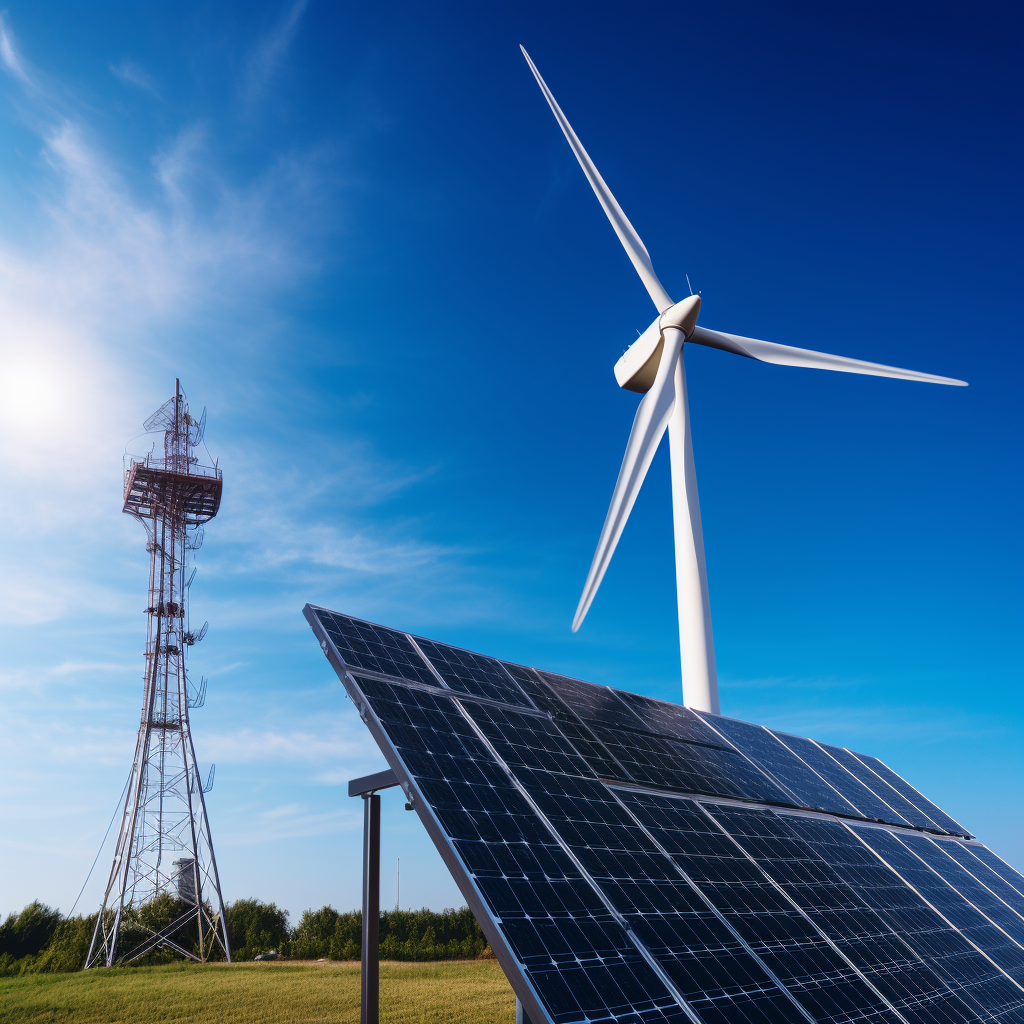April 20, 2023
Reflections on Climate Change and Renewable Energy in the United States for Earth Day 2023
Book a Demo
As Earth Day 2023 approaches, it’s critical to reflect on the state of climate change and renewable energy in the United States. Recent data shows that the majority of Americans (63%) believe that human activity is primarily responsible for climate change. However, there are significant partisan and ideological differences on this issue, with 88% of Democrats but only 34% of Republicans agreeing with the statement. Despite these differences, there is growing consensus across the political spectrum that the government should do more to address climate change.
Renewable energy is another area of consensus, with 21% of electricity generation in the United States coming from renewable sources in 2022, up from just 11% in 2010. While hydropower and wind are currently the dominant sources of renewable energy, solar energy is the fastest-growing. Falling costs for solar PV modules have made the technology more accessible for a broader range of consumers, while companies are increasingly committed to sourcing 100% of their electricity from renewable sources.
However, there are still significant challenges that need to be addressed in the transition to a sustainable energy future. A lack of infrastructure, such as transmission lines and energy storage systems, is a major obstacle. Additionally, policy barriers, such as the lack of a national carbon pricing scheme and ongoing subsidies for fossil fuels, are impeding progress.
The picture that emerges is one of both progress and obstacles. As Earth Day 2023 approaches, it’s important to remember that transitioning to a sustainable energy future requires collective effort and commitment from all sectors of society. By working together, we can create a cleaner, healthier, and more sustainable future for ourselves and for future generations.



